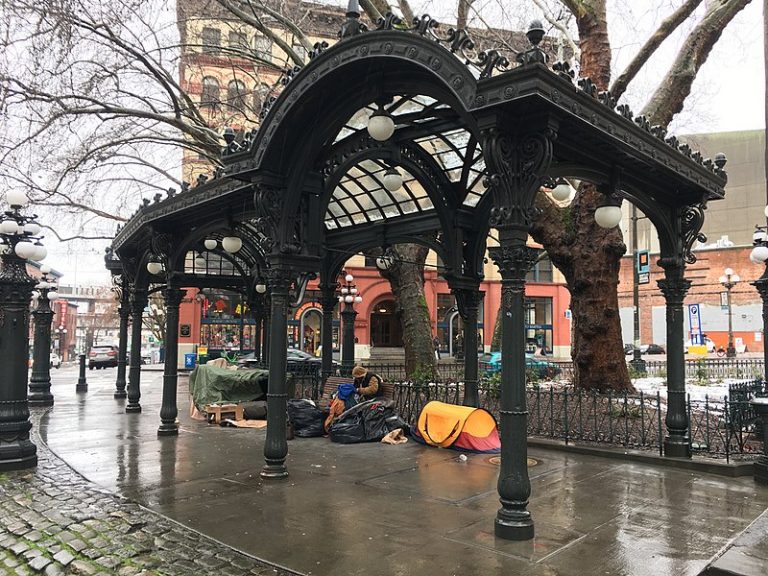Published on August 26, 2022

The needs of homeowners and businesses and those of people who are unsheltered often conflict. Community leaders, faced with increasing crime and disorder, frequently see police sweeps as the only answer, while advocates for homeless people argue that this response is merely a stopgap that does more damage than good.But what if there was a way to stop shifting people from encampments to jails to shelters to hospitals and back again? In Seattle a unique collaboration among businesses, neighborhood groups, the police, advocates and nonprofits is fighting cynics and misperceptions driven by politics to cut homelessness. The coronavirus pandemic presented Seattle with a crisis and an opportunity. In early 2020, authorities closed congregate shelters, emptied jails and stopped new arrests for minor crimes. Lisa Daugaard, a lawyer, saw a rare chance to develop a new approach to addressing homelessness that didn’t involve law enforcement.
She’d already had success in getting officials to cooperate across siloed systems: In 2019, she won a MacArthur “genius” award for helping to create a program originally called Law Enforcement Assisted Diversion, which has now been replicated in over 80 jurisdictions across the United States.
Peer-reviewed research published in 2017 by the University of Washington found a 39 percent reduction in felony charges for participants (a group of over 300 people suspected of low-level drug and sex work activity in downtown Seattle) in LEAD compared with controls and an 89 percent increase in the likelihood of being permanently housed for participants after they started case management.
Continue reading at The New York Times.
Originally written by Maia Szalavitz for The New York Times.